Terracotta Review for Steam:
TERRACOTTA is an action-adventure video game developed by Appnormals Team and published in the United States by Freedom Games and plusDSgames. Gamers play as one of the terracotta sculptures made for the first emperor of China, Qin Shi Huang Chin Shu Huang, that were then buried with him for protection after death.
Gameplay
First, thank goodness the developers give players a choice between using the keyboard and using a controller. I grew up using a controller, so playing on the keyboard is just harder for me, and players have to think fast and be quick in this game.
Playing as the unnamed terracotta warrior, gamers have no weapons. The gameplay is strictly defensive, which is amazing and oh-so difficult.
While trying to figure out the puzzle mechanics of a level, gamers will have to run around in circles trying to avoid the cursed warriors’ arrows, spears, and spells.
That being said, gamers are not defenseless against attacks. Players use the power of Qi to manipulate natural elements like wind, water, and earth to pass through levels.
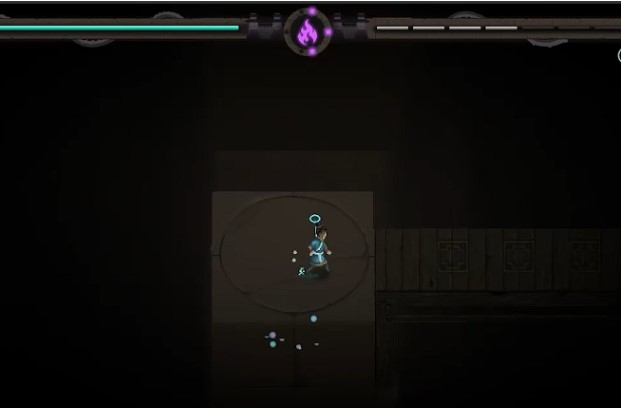
The game has two dimensions, the Yin and the Yang, in which players use their Qi to travel back and forth at will. Your Qi can do different things depending on which dimension you are in. In the Yin dimension, which is the world of death, where the terracotta warriors are frozen, players’ Qi can be used to build walls, activate the elements, and draw puzzle keys, which will have effects in the Yang dimension. The Yang is the afterlife, it is bright and moving, and here the terracotta warriors are represented in their spirit form, where they will attack you! In Yang, Qi energy can throw up a fast shield or dash through a quickly closing door.

I absolutely love the mechanics of traveling back and forth between the Yin and Yang worlds. Developers even separated leveling up based on Yin and Yang, so to gain a new Yin skill, that skill has to be found in Yin, and vice versa.
It is important to travel back and forth often because players will find coins, statues, special story elements, and paths in one dimension but not the other.
Each level of the game involves figuring out how to use the environment to navigate the traps and other warriors to get to a special button that, when pushed, will release the souls of all the terracotta warriors who were active on that level.
This is easier said than done since the complexity of the game levels up quickly. And, as mentioned, players have no weapons to fend off attacks; players have to be extra clever and willing to try unexpected tactics.
For example, getting all the warriors in Yang to chase you around, then switching to Yin and using your Qi to draw a wall around them, before switching back to Yang, with all the warriors now trapped inside a Qi wall, giving you enough time to figure out how to activate a gate.
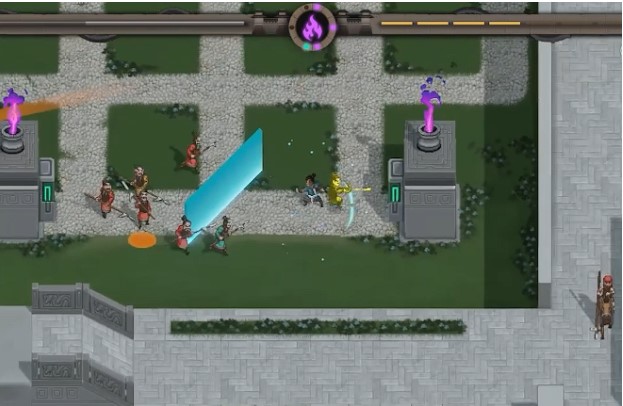
Or, and this one caused me to rage quit several times, learning how to perfectly time an arrow from a Qi crossbow with an arrow from a token soldier to hit two different buttons simultaneously while running away from spears.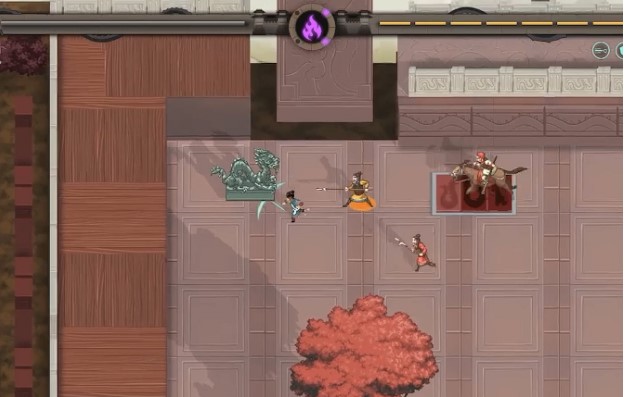
OR, to rapidly switch back and forth between Yin and Yang to lure the horseback warrior onto all three blocks of a door lock and then hold him in place by activating a wind dragon before running around to set up Qi walls to bounce the wind to spin the windmills to open the freaking gate!
I usually listen to a podcast while playing a game like this, lose myself in the puzzles, and zone out. In this game, I couldn’t because I was thinking too hard about what the heck I had to do to get through the level.
Story
The story is great.
Gamers play as a single terracotta warrior inhabited by the worthy soul of a poor farmer. This warrior is the only one out of eight thousand soldiers who is not suffering from a mysterious curse.

I haven’t made it to the end of the game yet, but I think the curse is the spell the first emperor placed on the soldiers to make them servants in the afterlife. The Chinese goddess Nüwa seems upset at the imbalance that trapping eight thousand souls in perpetual servitude has caused in the natural order and has helped awaken you as a terracotta warrior to free the souls and restore balance.
Even though the plot seems relatively straightforward, I like the story idea that gamers play as soldiers fighting against the person they were meant to protect in life in order to save their fellow warriors after death.
How long is this game?
Developers say the game is between 15-20 hours.
I have to say I have doubts about this estimate.
My first time sitting down to play I played for about two hours. Then I restarted the game, and knowing how the puzzles worked, I blasted through the same amount of the game in about forty minutes.
As I progressed into the game, I learned that this forty-minute section was about halfway through the “introduction,” where I learned the game’s basic mechanics.
I hadn’t officially started the game until I was transported to an underground chamber with a giant diagram representing the Tao on the floor. This diagram led to eight new levels, or what I’m calling elemental paths, for me to explore. Each of these paths centers around a different element, like wind, water, fire, etc., that players will learn to manipulate with Qi.
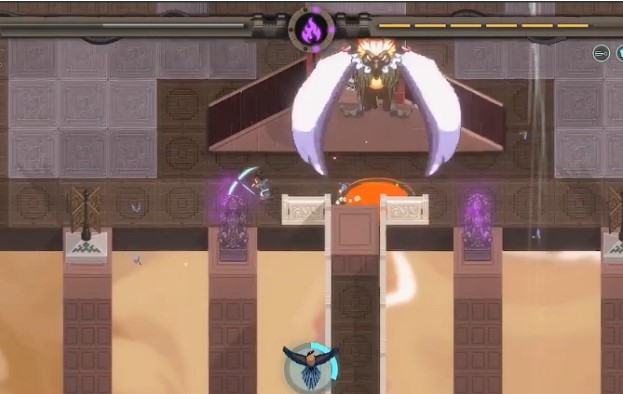
According to developers, the end of the game is a nine-level extravaganza that utilizes all eight elements the player has mastered throughout the game to defeat the Big Bad.
This…sounds like a lot!
Now I’m no quick gamer. I’m a completionist that needs to find all the little statues and coins (also, I can’t jump in video games, which can cause problems). Taking that into consideration and doing all kinds of fancy math, I would say it takes 3-4 hours to master an elemental path. That includes the boss fight at the end of each path, which, believe me, is not easy.
Being generous to myself, I guess it will take me around thirty hours to complete this game. But this estimate does not include rage quits, which I think will add several more days.
Overall
8/10
Available on Steam for 19.99 (with plans to release on Switch in March 2023). I’m not going to fight that price point because players will definitely get their money’s worth from this game.
I did take points off because, though engaging and challenging, I did find myself becoming bored with the game after playing for an hour. I can’t sit and binge it for four or five hours like I can other games. I think it’s just that solving puzzle after puzzle can get repetitive, like doing Sudoku during a long airline flight.
That being said, I really did enjoy this game, and I will be returning to it over the next few weeks to keep working away at levels.
TERRACOTTA is available for PC for $19.99 via Steam.
Related: Reviews by Michelle Jones
I'm a completionist gamer who just needs to find that one last object and clear that final dungeon. I love all video games, from open world sandboxes on a console to a mindless match three on my phone. In addition to gaming and writing, I am a graduate student working on a thesis about the ancient Icelandic Sagas. Feel free to ask me anything about Vikings.

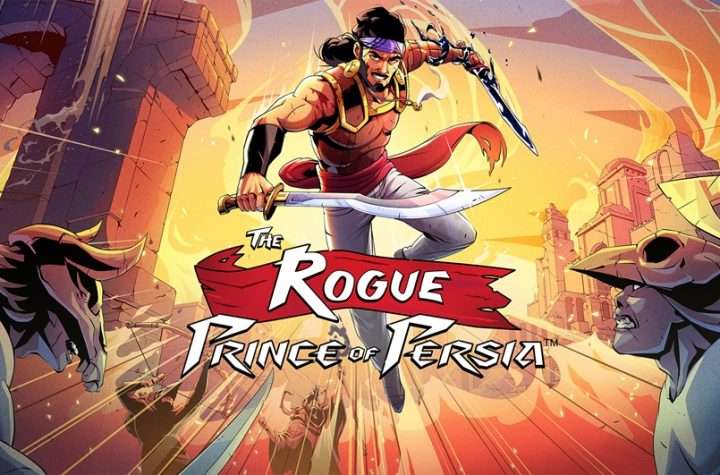
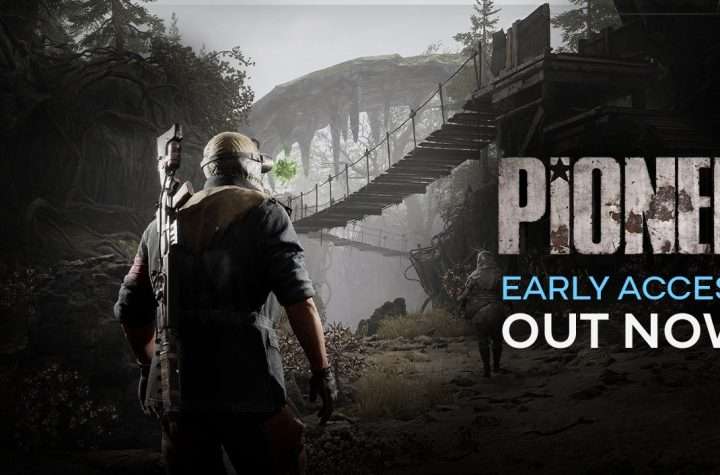
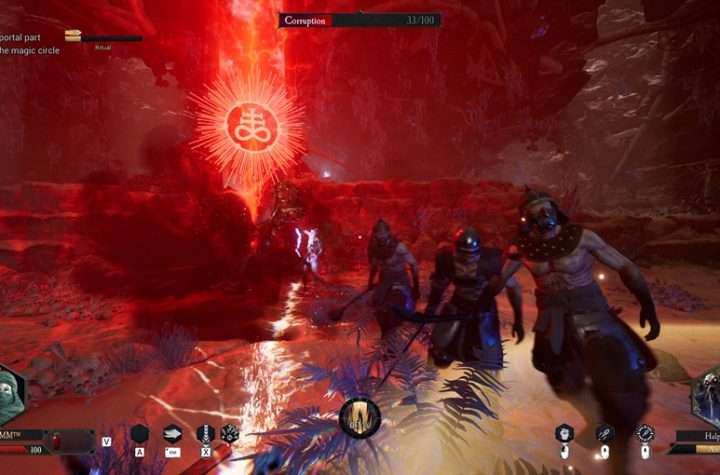
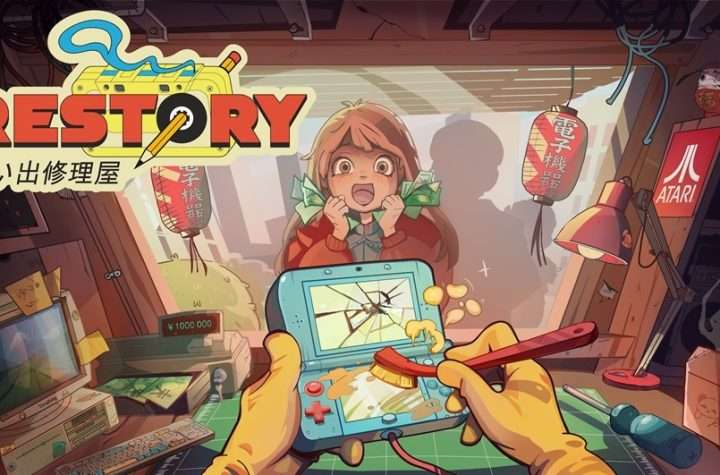
More Stories
Highly Anticipated Post-Apocalyptic MMO FPS, PIONER, Launches on Steam Early Access
DAIMON BLADES Preview for Steam Early Access
ReStory Preview for Steam